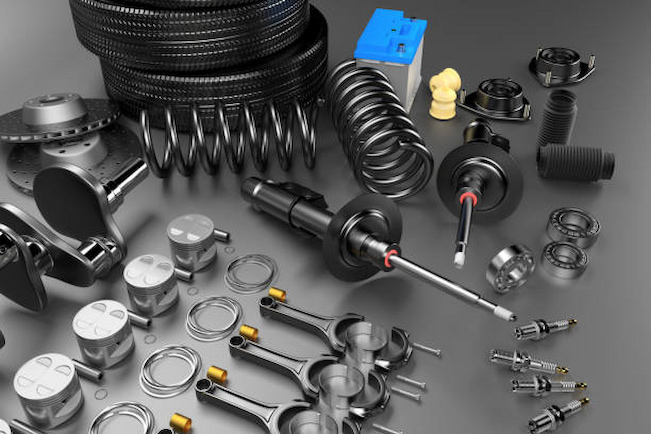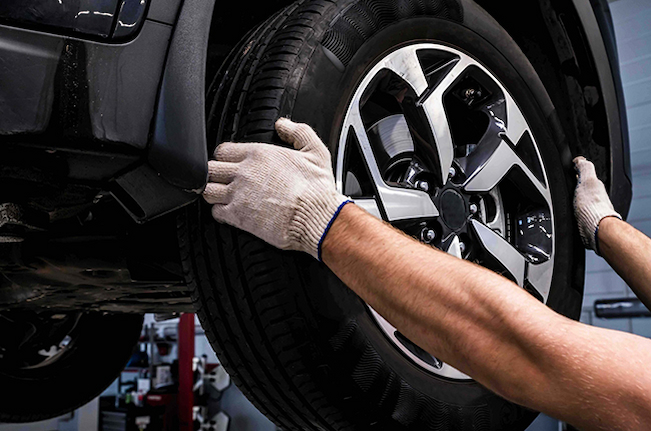Australia has a long-standing love affair with cars. From the rugged 4WDs tearing through the Outback to sleek performance vehicles dominating city streets, Aussies have a deep connection with their rides. For many, maintaining or upgrading a car isn’t just about keeping it roadworthy—it’s about personalization, performance, and passion. That’s where aftermarket car parts come into play.
What Are Aftermarket Car Parts?
Aftermarket car parts are components made by third-party manufacturers, not the original car brand. They’re designed to replace or enhance the factory parts of a vehicle, offering a broad range of options for every car enthusiast. Whether you’re after improved performance, a fresh aesthetic, or simply a cost-effective repair, aftermarket parts provide a versatile solution.
Why Choose Aftermarket Parts Over OEM?

The car’s manufacturer makes OEM (Original Equipment Manufacturer) parts, but they’re not always the best or most affordable option. Aftermarket parts fill that gap, offering:
- Affordability: Often, aftermarket parts come at a fraction of the cost of OEM components. This makes them a budget-friendly option without compromising quality.
- Variety: With aftermarket parts, you’re not limited to a single design or specification. From custom exhaust systems to stylish body kits, the choices are almost endless.
- Availability: Sourcing OEM parts for older or imported vehicles can be a challenge. Aftermarket manufacturers cater to a broader range of models and needs.
- Performance Upgrades: Aftermarket parts often outperform OEM components. For example, high-performance brake pads, air intakes, and suspension systems can elevate your driving experience.
Types of Aftermarket Car Parts
Australia’s aftermarket scene is diverse, catering to a variety of needs and tastes. Here are some popular categories:
1. Performance Parts
For drivers who crave power and precision, performance parts like turbochargers, exhaust systems, and suspension upgrades are a game-changer. They enhance speed, handling, and overall driving dynamics.
2. Cosmetic Enhancements
From body kits to alloy wheels, these parts let car owners customize their vehicle’s appearance. Whether you’re going for a sleek, modern look or something more aggressive, aftermarket options make it possible.
3. Replacement Parts
Need a new radiator, brake pads, or alternator? Aftermarket replacements are often cheaper and easier to find than OEM parts. They’re essential for keeping your car running smoothly without stretching your budget.
4. Interior Upgrades
Think leather seats, upgraded sound systems, or custom steering wheels. These parts improve comfort and style inside your car, making every drive more enjoyable.
5. Off-Road Accessories
Australia’s off-road culture demands specialized gear. Lift kits, heavy-duty bull bars, and all-terrain tires are popular aftermarket choices for tackling the country’s rugged landscapes.
The Appeal of Aftermarket Parts in Australia
The Australia aftermarket car parts industry is booming, driven by a mix of practicality and passion. Here’s why:
Customisation Culture: Australians take pride in making their vehicles unique. Aftermarket parts provide the tools to express personal style, whether it’s through flashy rims or a roaring exhaust.
Challenging Terrain: The diverse Australian landscape demands vehicles that can handle everything from city streets to remote outback trails. Aftermarket upgrades, like all-terrain tires and suspension lifts, prepare cars for these conditions.
DIY Enthusiasm: Many Australians enjoy working on their cars as a hobby. The aftermarket scene supports this culture with accessible parts and resources, empowering DIY mechanics to get hands-on.
Choosing the Right Aftermarket Parts
Navigating the aftermarket world can be overwhelming, especially with so many options available. To make informed decisions, keep these tips in mind:
- Know Your Needs: Are you upgrading for performance, aesthetics, or repairs? Defining your goals will narrow your search and help you choose the right parts.
- Research Brands: Not all aftermarket parts are created equal. Look for reputable brands with a history of quality and reliability.
- Check Compatibility: Ensure the parts you choose are compatible with your car’s make and model to avoid installation headaches.
- Consider Regulations: In Australia, some modifications require compliance with road safety standards. Always check local regulations before making changes.
Benefits Beyond the Car
The impact of aftermarket parts extends beyond the vehicle itself. For many Australians, the industry represents a thriving community of enthusiasts, workshops, and suppliers. Car shows, forums, and online groups provide platforms to share knowledge, showcase builds, and celebrate automotive passion. It’s not just about parts—it’s about connection.
Maintenance and Care

Upgrading your car is exciting, but aftermarket parts require proper care to deliver long-term benefits. Regular maintenance, cleaning, and inspections ensure your investment pays off in performance and longevity.
- Follow Manufacturer Guidelines: Each part may have specific care requirements. Adhering to these can prevent premature wear or damage.
- Monitor Performance: Keep an eye on how your upgrades affect your car’s overall functionality. This is particularly important for performance parts.
- Consult Experts: If you’re unsure about installation or maintenance, professional advice can save time and prevent costly mistakes.
Final Thoughts
The aftermarket car parts industry in Australia isn’t just about upgrades—it’s about possibilities. Whether you’re looking to boost performance, tackle off-road adventures, or add a personal touch, the right parts can transform your driving experience. By embracing the flexibility and variety of aftermarket options, you’re not just maintaining a car—you’re creating something uniquely yours.
For Australian car enthusiasts, the aftermarket world is more than an industry; it’s a lifestyle. It represents a way to push boundaries, solve problems, and express individuality on the road. And that’s something every driver can appreciate.
























